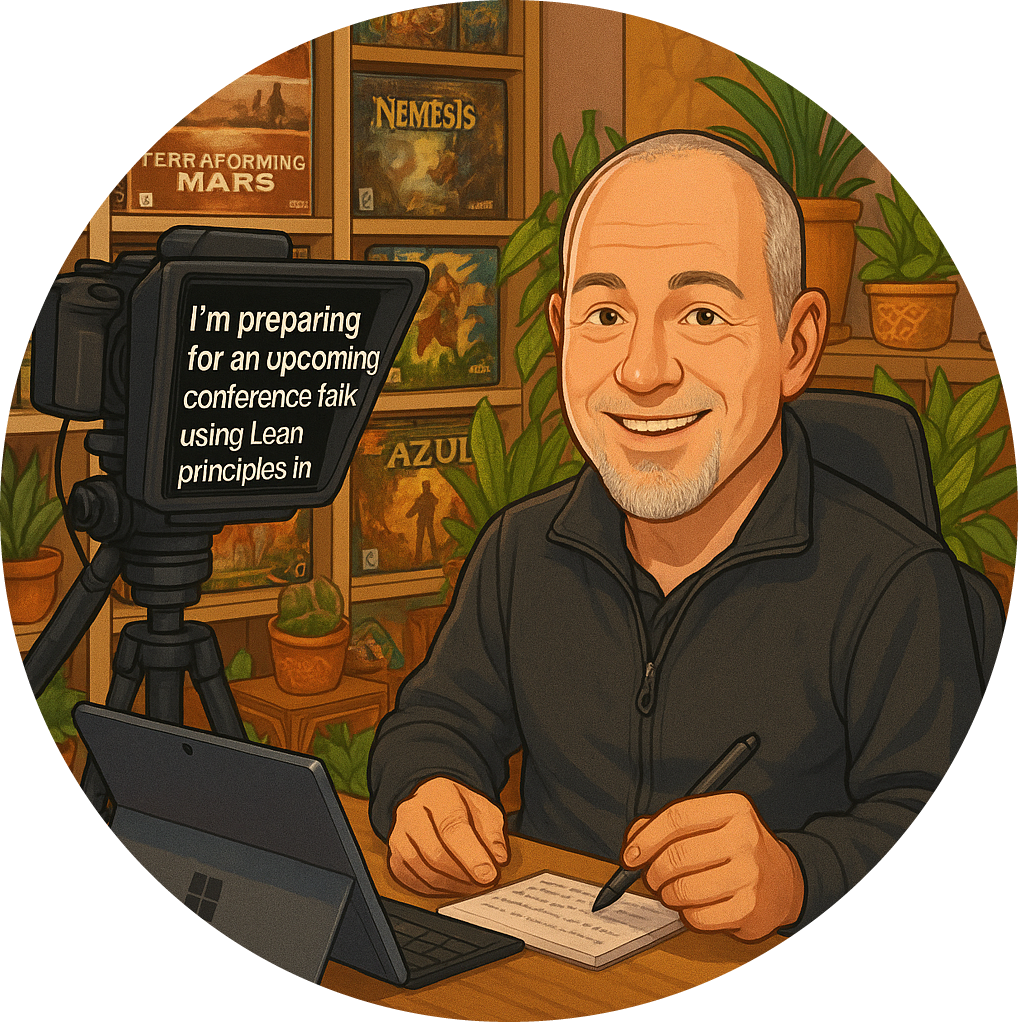Why do you think the PSU course has become so popular for product development ?
Because there is a gap. A massive gap.
In the product development world, we talk a lot about scrum . Scrum is not the only agile framework out there, but it is by far the most popular and widely adopted product development framework in the world, so it gets a lot of attention.
It’s the way most people articulate agile product development or dare I say it, agile project management , so scrum terminology is widely used and understood.
That said, scrum is simply a framework.
Whilst it will highlight the importance of a solid product backlog , it won’t tell you how to populate it or how to create the most valuable product backlog. Same for a sprint backlog. It tells you that you need one, but it doesn’t tell you how to do it or what you should do.
How do you know what you should include in a product backlog?
How do you know if what you have included is the most valuable work?
How do you prioritize the items in the product backlog?
How do you know whether the items in the backlog are the right things to be delivering?
And so forth.
So, there is a gap between what gets fed into the agile framework and how the agile framework ensures that the work flows effectively throughout the system.
If you have a great product owner and the team have a great working relationship with the customer, it gets easier to do the selection of work items well, but there is still a gap between deciding what is the most valuable work to do and doing that work effectively.
Most teams will get the execution right. In fact, most teams do that so well that you often find what is known as ‘feature factories’ in the scrum world. A team so efficient and effective that they churn out features every week, with little to no thought as to whether those features are valuable.
The difference between effective and productive.
This gap is what the PSU ( professional scrum with User Exprerience) addresses.
Professional Scrum with UX (User Experience)
The PSU course or Professional Scrum with UX course focuses on two (2) main areas.
How do we integrate all the ideas generated by the UX experts into the product ownership world. How do we create an integrated approach to product development rather than a design first and engineer later approach.
Helping leadership teams identify whether they are building the right products, for the right customer segment, at the right time.
Integrating design and user experience into Scrum product development.
A great product owner is often a user experience expert. They act as the CEO of the product and focus on things like product vision, product goals, and the entire customer experience as it relates to the product and organization.
If they don’t have this knowledge and skill themselves, they often have access to user experience experts and will rely on them a great deal to ensure that the user experience is valuable all throughout the customer journey.
A great UX (user experience) expert will work closely with the product owner and developers to ensure that the environment is hypothesis driven product development, which ties in incredibly well with Scrum’s focus on empiricism or empirical process control .
Learning through doing and adapting based on data, reviews, and evidence.
A focus on examining the past as well as the future.
We are looking at what we have created in the past and whether it achieved it’s user experience goal, whether it actively created value or not, and how effectively it solved the user problem. We look to the future to anticipate what we need to build next, what problems we are trying to solve, and why that work matters to customers and end-users.
Effective decision-making.
In an ideal world, engineers and developers have enough time to think about what the most valuable solution or outcome might be possible. In reality, they are under pressure to deliver and will sometimes focus on delivery over excellence.
Sometimes, they create a solution that doesn’t work from a user experience because the engineer or developer doesn’t have that expertise or capability. It isn’t a part of how they ordinarily work, nor has it ever been a part of what they do.
So, things get built that cause problems down the line.
Things get built that solve the immediate problem and fit into the ‘good enough to ship’ category but don’t serve or enhance the user experience at all. It isn’t anyone’s fault, it is just a gap between raw development and product development with an emphasis on user experience.
So, the PSU course and the thinking behind UX combined with Scrum, is to integrate the user experience thinking, ideas, and design concepts into the product development process from the very start.
To have user experience specialists, working with skilled developers, to grow cross-functional skills across the team and help:
UX people develop a deeper understanding of the engineering challenges behind designs.
Developers focus on user experience, as an integrated element of their engineering practice.
The PSU course enables product development teams to make better decisions about the product, which includes the user experience elements, to deliver a richer, more valuable experience for customers.
About NKD Agility
Naked Agility is an #agile consultancy that specializes in #scrumtraining, #agilecoaching and #agileconsulting to help teams evolve, integrate, and continuously improve.
We recognize the positive impact that a happy AND inspired workforce can have on customer experience, and we actively help organizations to tap into the power of creative, collaborative, and high-performing teams that is unique to #agile and #scrum environments.
If you are interested in #agiletraining, visit https://nkdagility.com/training/
If you have identified the need for #agilecoaching and #agileconsulting, visit https://nkdagility.com/agile-consulting-coaching/
We would love to work with you.
#scrum #agile #scrumteam #agileprojectmanagement #agileproductdevelopment #projectmanagement #productdevelopment #agilecoach #agileconsultant #agiletraining #scrumtraining #scrumorg




























